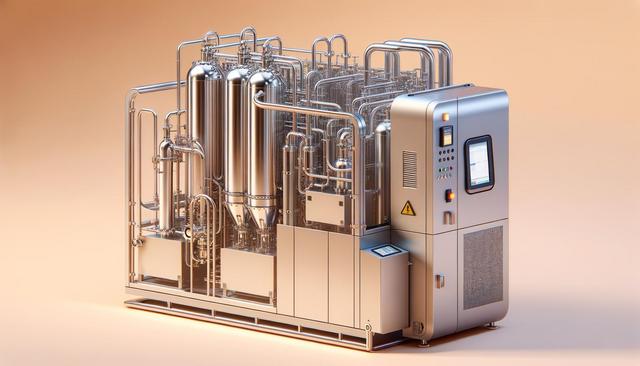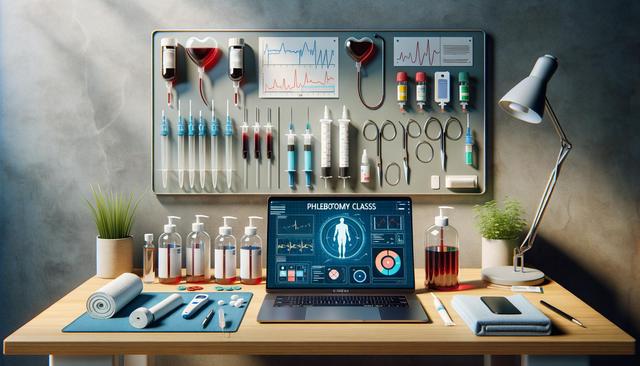Understanding CO₂ Removal Technology
CO₂ removal machines are designed to reduce carbon dioxide levels in the atmosphere or within controlled environments such as industrial facilities. These technologies, often referred to as carbon capture systems or direct air capture (DAC) units, use chemical or physical processes to isolate and store carbon dioxide. The need for such innovation stems from growing concerns about climate change and its link to greenhouse gas emissions. By focusing on CO₂, which is one of the primary contributors to global warming, these machines offer a targeted solution to a complex environmental issue.
There are several types of CO₂ removal systems, each tailored to specific applications. Some of the most common include:
- Post-combustion capture: Extracts CO₂ from flue gases after fuel combustion.
- Pre-combustion capture: Removes CO₂ before combustion takes place, typically used in power plants.
- Direct air capture: Pulls CO₂ directly from ambient air using chemical sorbents or filters.
Each method has its advantages and limitations, depending on the scale, cost, and energy requirements. However, they all share a common goal – reducing carbon emissions to foster cleaner air and mitigate environmental harm.
Applications in Industrial Operations
Industries are among the largest contributors to CO₂ emissions, especially those involved in manufacturing, energy production, and chemical processing. CO₂ removal machines play a critical role in helping these sectors reduce their environmental footprint. By integrating carbon capture systems into industrial processes, companies can significantly lower their emissions and comply with evolving regulations on air quality and climate responsibility.
Industrial applications of CO₂ removal machines include:
- Power generation plants using fossil fuels
- Cement and steel manufacturing facilities
- Refineries and petrochemical operations
- Waste-to-energy plants
In these settings, CO₂ removal machines are often installed in exhaust systems or integrated into processing units. This setup allows for real-time capture of emissions, preventing them from entering the atmosphere. The captured CO₂ can then be stored underground in geological formations or repurposed for industrial use such as enhanced oil recovery or carbonating beverages.
How CO₂ is Captured and Stored
The process of capturing CO₂ involves several stages, beginning with the identification of emission sources and ending with the secure storage or repurposing of the gas. The initial step typically includes directing emissions through a filter or solvent that binds with CO₂ molecules. After separation, the CO₂ is compressed into a liquid or supercritical state for transport and storage.
Storage methods for captured CO₂ include:
- Geological sequestration: Injecting CO₂ into deep underground rock formations.
- Mineralization: Reacting CO₂ with naturally occurring minerals to form stable carbonates.
- Utilization: Converting captured CO₂ into useful products like fuels, plastics, or building materials.
Advancements in storage and reuse technologies continue to enhance the efficiency and economic viability of CO₂ removal machines. These innovations are critical to scaling carbon capture efforts to meet global climate targets.
Economic and Environmental Impact
While the initial investment in CO₂ removal machines can be significant, their long-term economic and environmental benefits are increasingly recognized. By mitigating emissions, companies can avoid regulatory fines, improve public perception, and contribute to sustainability goals. Additionally, CO₂ removal can support the development of new markets, particularly in carbon utilization and green technology sectors.
Some of the key benefits include:
- Reduced greenhouse gas emissions
- Improved air quality and public health
- Compliance with environmental standards
- Opportunities for carbon credit trading or government incentives
Governments and international bodies are also stepping in to support the adoption of carbon capture technologies through funding, research initiatives, and policy frameworks. As a result, CO₂ removal machines are becoming more accessible to a broader range of industries and operations.
Future Outlook and Innovation
The future of CO₂ removal machines is closely tied to advancements in materials science, artificial intelligence, and renewable energy integration. Emerging technologies aim to increase capture efficiency, reduce energy consumption, and lower operational costs. For example, researchers are developing new sorbents that can capture more CO₂ with less energy input, while machine learning is being used to optimize system performance in real time.
Key areas of innovation include:
- Modular and scalable capture units for smaller facilities
- Hybrid systems that combine CO₂ capture with renewable energy sources
- Enhanced monitoring and maintenance tools powered by data analytics
As the global focus on decarbonization intensifies, CO₂ removal machines are expected to play a central role in achieving net-zero goals. Their adaptability to various industrial contexts and continuous technological evolution make them a promising tool in the effort to reduce carbon emissions and protect the environment.
Conclusion: Supporting Cleaner Industrial Operations
CO₂ removal machines represent a practical and scalable solution for industries aiming to reduce their carbon footprint. By capturing emissions at the source or directly from the air, these systems contribute to a safer, cleaner environment while supporting compliance and operational efficiency. As technologies evolve and adoption grows, CO₂ removal will likely become a cornerstone of sustainable industrial practices, benefiting both the planet and future generations.




Leave a Reply